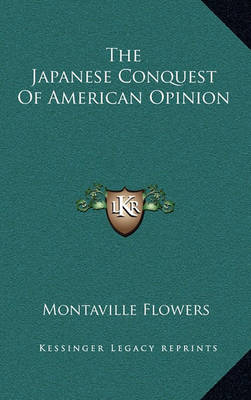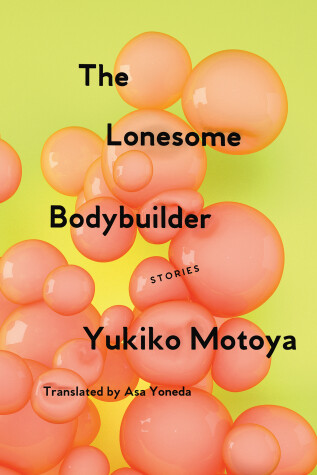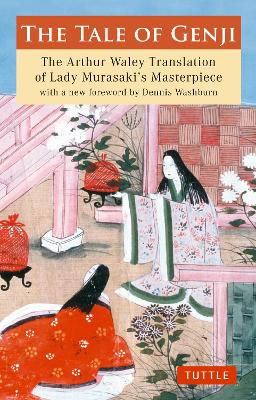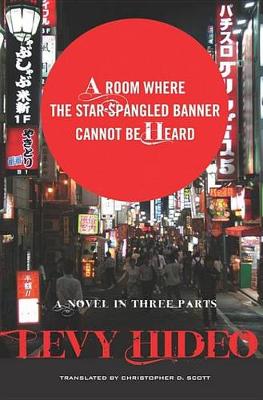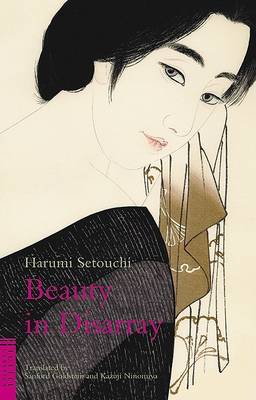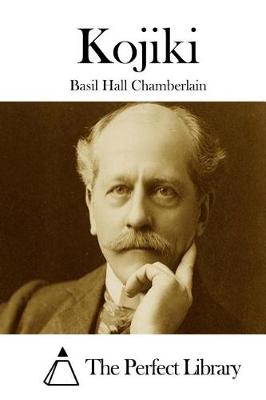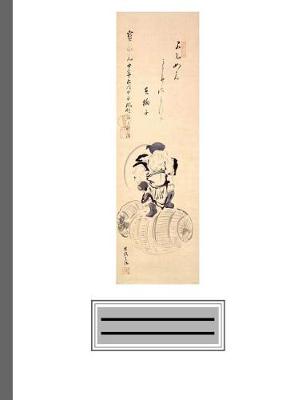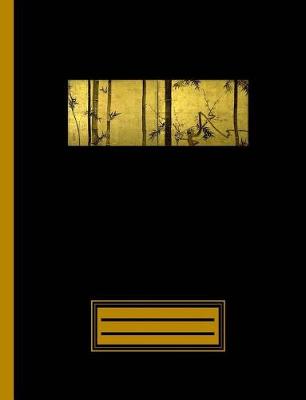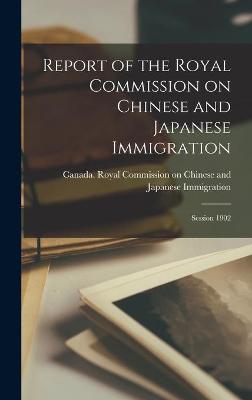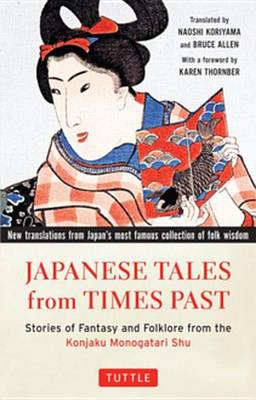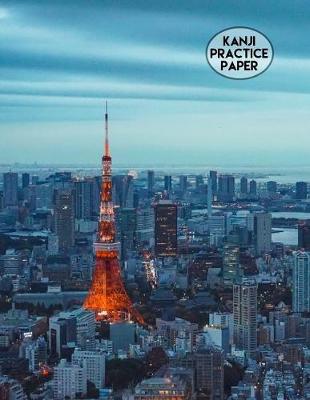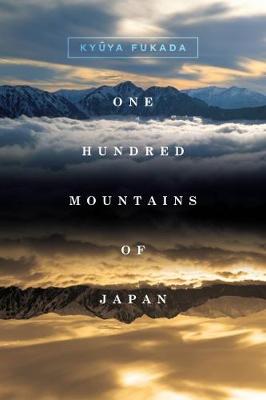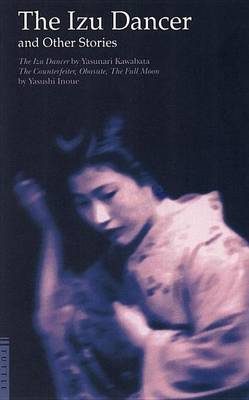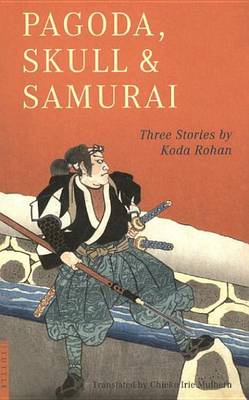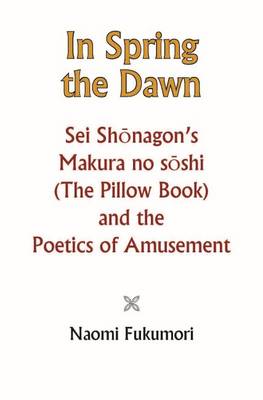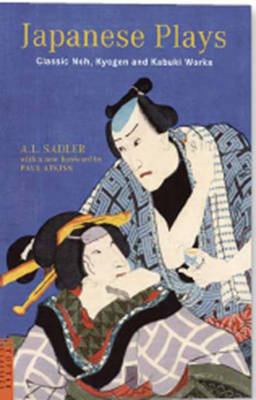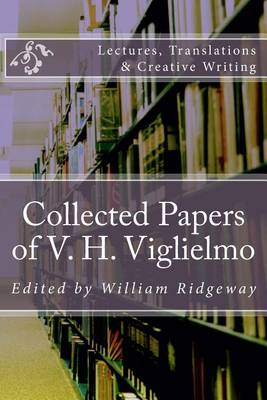The Japanese Conquest of American Opinion (Asian Experience in North America)
by Montaville Flowers
Winner of the Akutagawa Prize and the Kenzaburo Oe Prize, these eleven surreal tales, set in the offices, zoos, bus stops, boutiques, and homes of contemporary Japan "are reminiscent, at least to this reader, of Joy Williams and Rivka Galchen and George Saunders" (Weike Wang, The New York Times Book Review, Editors' Choice). In the English-language debut of one of Japan’s most fearlessly inventive young writers a housewife takes up bodybuilding and sees radical changes to her physique, which he...
"What Waley did create is literary art of extraordinary beauty that brings to life in English the world Murasaki Shikibu imagined. The beauty of his art has not dimmed, but like the original text itself retains the power to move and enlighten."—Dennis Washburn, from his foreword Centuries before Shakespeare, Murasaki Shikibu's The Tale of Genji was already acknowledged as a classic of Japanese literature. Over the past century, this book has gained worldwide acceptance as not only the world's...
A Room Where the Star-Spangled Banner Cannot Be Heard (Japanese Studies)
by Hideo Levy
Set against the political and social upheavals of the 1960s, A Room Where the Star-Spangled Banner Cannot Be Heard tells the story of Ben Isaac, a blond-haired, blue-eyed American youth living with his father at the American consulate in Yokohama. Chafing against his father's strict authority and the trappings of an America culture that has grown increasingly remote, Ben flees home to live with Ando, his Japanese friend. Refusing to speak English with Ben, Ando shows the young American the way t...
Noe Ito came of age during Japan's Taisho era (1912-26), a period of widespread unrest and radical change. Beauty in Disarray is Ito's thrilling story. Her life touches on emotions including alienation, rebellion, passion and persecution, all in twenty-eight short years. She was married three times and gave birth to seven children; she was at the centre of a scandal when another woman stabbed her lover because he had started living with Ito. Harumi Setouchi has created a remarkable portrait of a...
Written by imperial command in the eighth century, The Kojiki: Records of Ancient Matters is Japan's classic of classics, the oldest connected literary work and the fundamental scripture of Shinto. A more factual history called the Nihongi or Nihon Shoki (Chronicles of Japan) was completed in A.D. 720, but The Kojiki remains the better known, perhaps because of its special concern with the legends of the gods, with the divine descent of the imperial family, and with native Shinto. Both works hav...
The Shogun's Scroll offers a look at the samurai strategies and ethics of medieval Japan distilled into language modern readers can relate to and follow. In the tradition of The Art of War and The Book of Five Rings, this book offers timeless advice on success in war and life. Written in the voice of Hidetomo Nakadai, a late twelfth-century scholar and servant in the court of Minamoto Yoritomo-the first shogun of Japan and one of the world's most ruthless generals-this treatise can be used as a...
This collection of newly translated tales is selected from the most famous work in all of Japanese classical literature-the Konjaku Monogatari Shu. This collection of traditional Japanese folklore is akin to the Canterbury Tales of Chaucer or Dante's Inferno-powerfully entertaining tales that reveal striking aspects of the cultural psychology, fantasy, and creativity of medieval Japan-tales that still resonate with modern Japanese readers today. The ninety stories in this book are filled with...
"Nowhere in the world do people hold mountains in so much regard as in Japan," writes Fukada Ky?ya in the afterword to this book. "Mountains have played a part in Japanese history since the country's beginnings, and they manifest themselves in every form of art. For mountains have always formed the bedrock of the Japanese soul." In One Hundred Mountains of Japan, Fukada pays tribute to his favourite mountains. Originating as a series of magazine articles about a personal selection of mountains,...
Originally published in The Atlantic Monthly, in 1958, The Izu Dancer, a story about a young man's travels through the Izu Peninsula, introduced Kawabata's prodigious talent to the West. Since its first printing, Kawabata, winner of the 1968 Nobel Prize, has been recognized as one of Japan's most distinguished writers. Also included in this collection are three stories by the prolific author Yasushi Inoue, the recipient of every major prize in Japanese literature: "The Counterfeiter", "Obasute",...
Westerners have long been fascinated by haiku, the traditional Japanese verse form composed of seventeen syllables. These miniature masterpieces can express a dramatic scene or philosophical idea in a single line of verse. In this collection, haiku poet Yuzuru Miura has selected and translated poems by past masters like Basho and Buson, as well as haiku by contemporary poets. Fireflies, pheasants, a summer shower, winter snow, camellias - all the favorite haiku subjects are included among the on...
This study argues that the process of literary canonization has stripped Makura no s?shi of the very contexts that provide literary cohesion to its myriad contents. It seeks to identify the political narrative that informs the text, and traces the history of the work's reception that has obfuscated its political dimension.
Classic works from Noh, Kyogen, and Kabuki theaters Nothing reflects the beauty of life as much as Japanese theater. It is here that reality is held suspended and the mind is filled with words, music, dance, and mysticism. In this groundbreaking book, Professor A.L. Sadler's translations come alive, bringing the mysteries of Noh, Kyogen, and Kabuki to modern readers worldwide. This influential classic provides a cross-section of Japanese theater that gives the reader a sampler of its beauty and...
